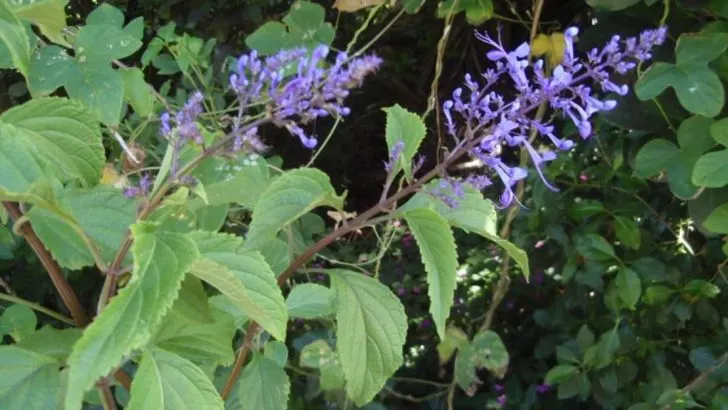With its velvety foliage, long blooming season, and rich lavender-blue flowers, the Blue Spur Flower (Plectranthus ciliatus) is quickly becoming a favorite among gardeners who crave something both beautiful and low-maintenance. Native to southern Africa, this plant brings bold texture and color to borders, containers, and shaded corners.
In this article, discover why so many are falling for this under-the-radar gem—and how to grow it successfully in your own space. From light and water requirements to simple propagation tips, you’ll learn how to make the Blue Spur Flower a standout in your garden year after year.
Easy to grow. Hard to ignore.
Vibrant Blooms

Gardens come alive with the vibrant display of Blue Spur Flowers, renowned for their stunning blue-purple hues. These blooms catch the eye, offering a striking contrast against green foliage. Their ability to flourish in partial shade makes them versatile additions to gardens.
Additionally, they have a long blooming season, from late spring to early autumn, providing continuous color. Blue Spur Flowers thrive in well-drained soil, ensuring they’re a low-maintenance choice for both novice and experienced gardeners alike.
The visual impact they create is unmatched, making them a favorite in ornamental gardening circles.
Low Maintenance Appeal
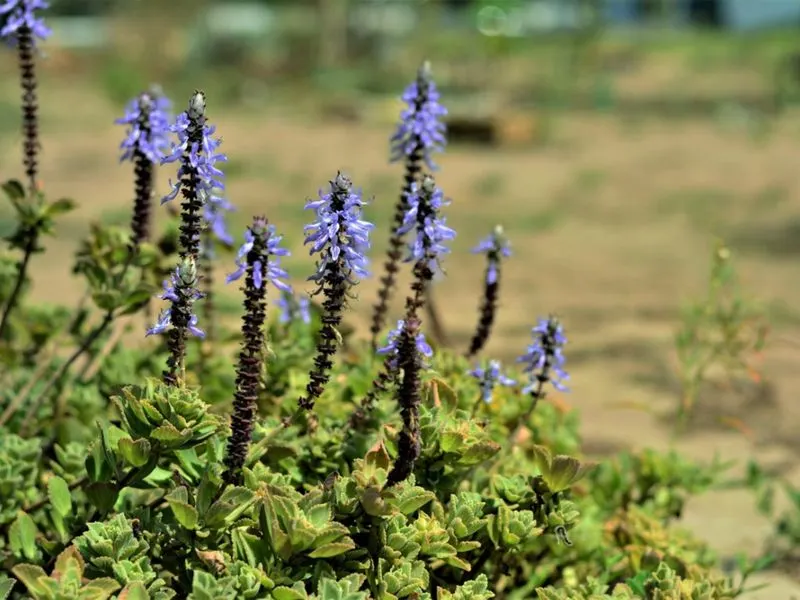
Busy schedules needn’t mean dull gardens. Blue Spur Flowers are perfect for those seeking beauty with minimal effort. Their drought tolerance means less frequent watering, allowing gardeners to enjoy their vibrant presence without constant attention.
They also resist common pests, reducing the need for chemical interventions. Suitable for both pots and ground planting, they adapt well to various environments, making them ideal for urban dwellers and rural gardeners alike.
These hardy plants promise a lush garden experience without the usual fuss, attracting a wide range of gardeners to their charm.
Aromatic Foliage
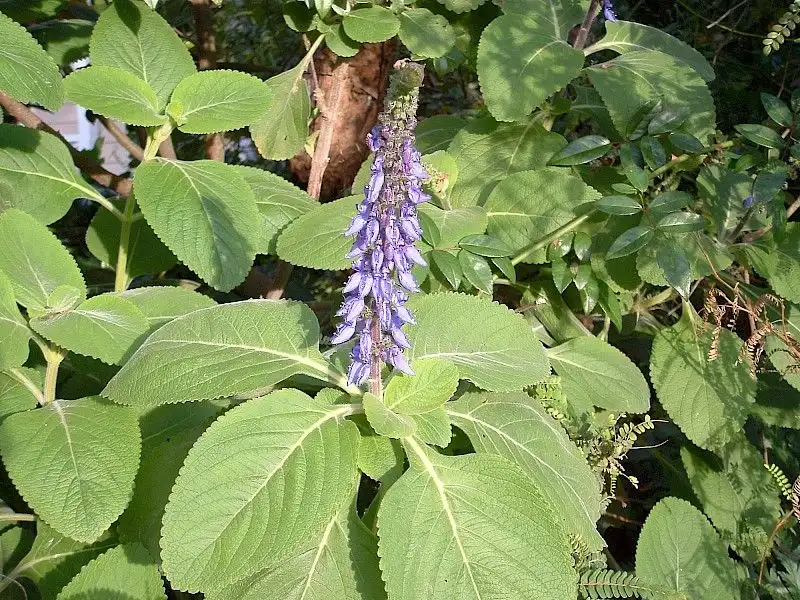
Blue Spur Flower’s allure extends beyond its blooms, with aromatic foliage adding a sensory dimension to gardens. The leaves release a pleasant fragrance when touched or brushed against, creating a soothing atmosphere.
This aromatic quality not only delights gardeners but also acts as a natural repellent for some pests, offering a dual benefit. Their scent can be enjoyed in various settings, from home gardens to public parks.
Such sensory appeal enhances the gardening experience, making Blue Spur Flower a multisensory delight and a treasured addition to any green space.
Versatile Design Uses
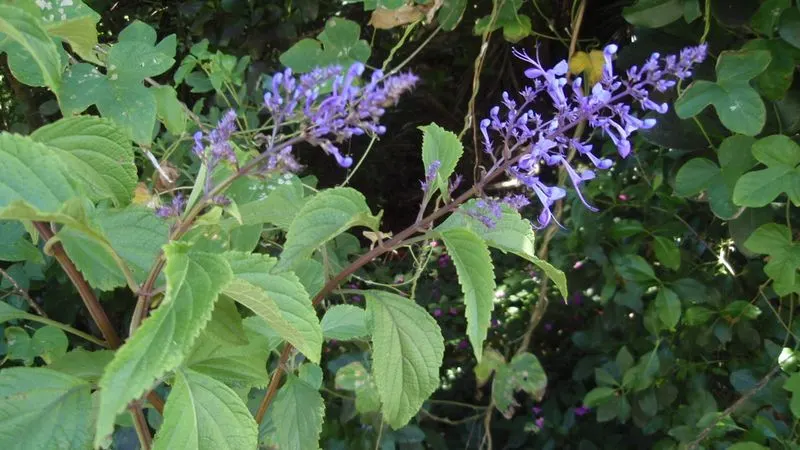
Gardeners love versatility, and Blue Spur Flowers deliver just that. Their adaptability allows them to fit seamlessly into various design schemes, from formal borders to casual containers. Their cascading nature makes them perfect for hanging baskets, adding vertical interest.
They pair well with a range of other plants, offering endless creative possibilities. Whether used as a focal point or a complementary accent, they bring designs to life with their vibrant color and texture.
Such flexibility ensures they remain a favorite for creative gardening enthusiasts looking to personalize their outdoor spaces.
Easy Propagation
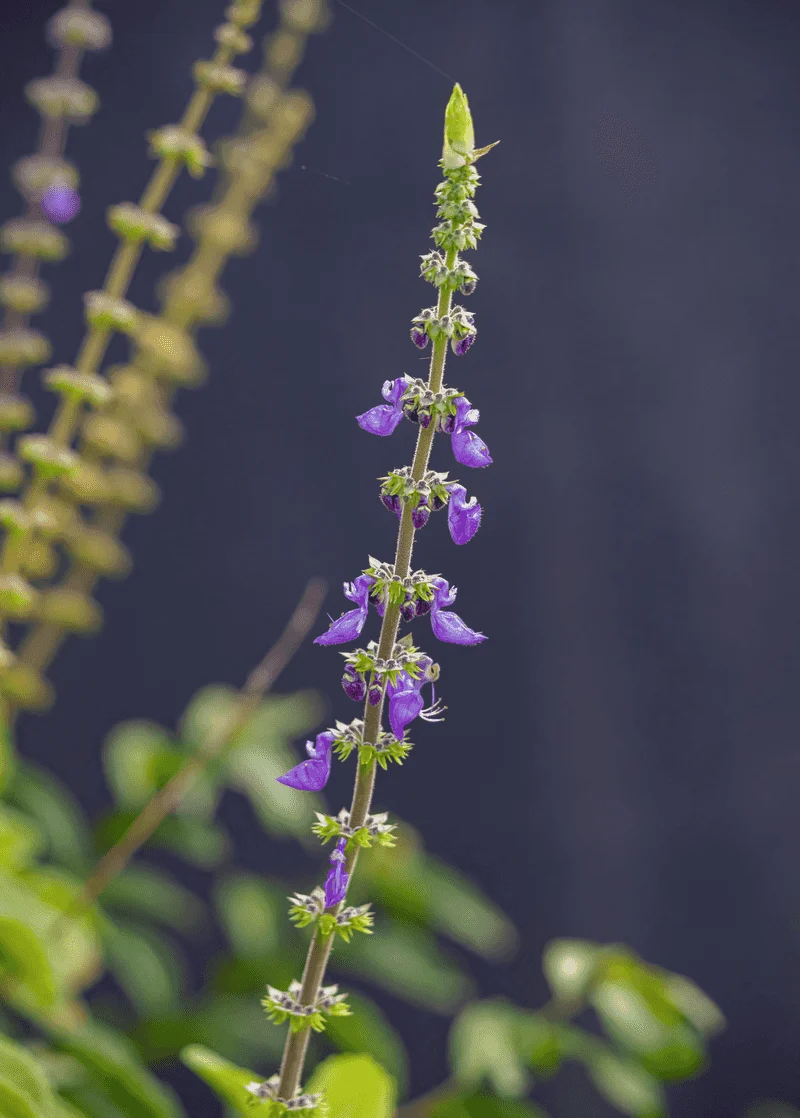
Propagation of Blue Spur Flowers is a gardener’s delight due to its simplicity. With just a snip of a cutting, new growth is easily encouraged, allowing for garden expansion without additional costs.
Rooting these cuttings in water or soil is straightforward, making it accessible for beginners. This ease of propagation means gardeners can share plants with friends or expand their gardens swiftly.
Such simplicity and success in propagation add to the appeal, making Blue Spur Flowers not only beautiful but also economically advantageous and satisfying to cultivate.

